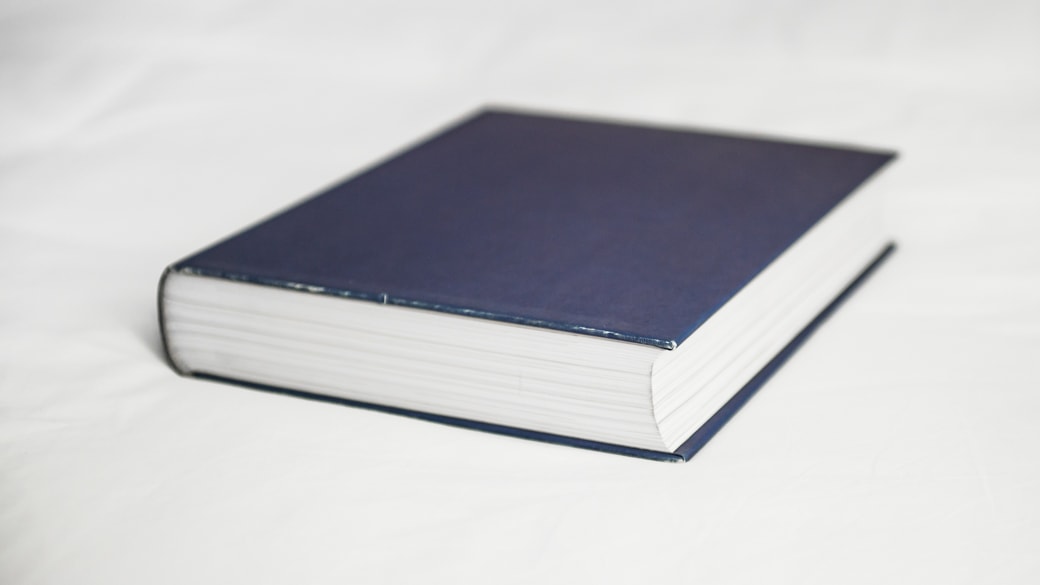Examiners and interviewers use unseen texts to test what you have learned through your English studies and to see how well you can apply your knowledge and skills without help. Responding to an extract or a poem on your own can be very daunting. It’s helpful to understand what the examiner or interviewer is really asking you to do. After that you just need some simple steps to follow to make sure you set off on the right track.
What am I being asked to do?
Unseen texts often come with very few instructions. You might be asked simply to “respond” to the text or perhaps to “perform a close reading”. This can be worrying if you are not really sure what the examiner or interviewer is expecting.
You are being asked to perform a skill called practical criticism. This means that you are expected to look closely at the words on the page and to work out what the text means as precisely as you can. Then you are expected to consider how the text has been written and what literary techniques the writer has used in order to achieve specific effects. Lastly, you are expected to evaluate the text, to consider what the writer has achieved or how successful they have been.
You will notice that in practical criticism you are not asked to think about who wrote the text or when it was written or what was happening at the time. All of these contextual issues are put to one side so that you can focus on the text itself.
What steps should I apply to an unseen text?
1. Read the text
Of course, this is obvious, but if you are feeling nervous you might find yourself rushing through the text without really understanding it. Slow down! Read the text with as much attention as you can muster. Make sure you read the whole text through in one go. Do not be tempted to stop and make detailed notes at this stage, as you will interrupt your attentive reading. If you are dealing with a poem, try reading it under your breath, noticing how it sounds.
2. Consider your first impressions
When you reach the end of the text for the first time, consider your impressions. Do you have a sense of what the text is about? If there is a story to the text, what is it? Are you aware of feeling a particular emotion? If so, note these things down. Resist the temptation to trash your own ideas. Perhaps your first impressions feel silly to you, but trust your instincts and go with them!
3. Get to grips with the meaning
Next, read the text through again and try to work out what it means as accurately as you can. Do not panic if there are unfamiliar words in the text. If you are unable to guess the meaning of a word from the context, just move on to other parts of the text that you do understand. Perhaps you understand all of the words, but the meaning is complicated and unclear. Again, don’t panic! Perhaps this text is deliberately difficult, and the writer wants you to grapple with some big ideas. Start turning the various possibilities over in your mind and note down your ideas.
4. Identify how the text is written
What kind of text is this: a poem, a piece of travel writing, an extract from a novel? What literary techniques does it use: metaphor, half-rhyme, anaphora? Notice what tools the writer is using and the effects that they create. It’s not enough to spot that the writer has used a simile; you need to be able to explain the impact of that specific simile. If you notice a technique but cannot think of anything interesting to say about it, move on until you find something that is worth commenting on.
5. Offer an opinion
You are being asked to respond to the text, so do not be shy to give your opinion. If the text seems to you funny or sad or offensive, say so! You are being asked to evaluate the text, to say whether or not you find it of literary value. As long as you can explain your point of view, your ideas are valid.
If you are in an exam, you will need to plan your answer before you write it. Do not be tempted to go through the text line by line. Your answer will become dull and you are likely to run out of time. Instead choose three or four interesting ideas to focus on and write a detailed paragraph about each.
If you are preparing an unseen text for interview, you can prepare in a similar way. Make sure you have three or four points that you feel confident to discuss in depth. If the interviewer asks you a question that you are unsure about, remember that it is okay to take your time and to think out loud.
Both the examiner and the interviewer are interested to see you thinking about the text. If you say something that later seems unconvincing to you, do not be frightened to explain that you have changed your mind.
Good luck!
